Tales Of The Unseen: Uncovering Invisible Impact Craters

Introduction
Asteroid impacts on Earth are a reality that we cannot ignore. Massive craters, like the one in Chicxulub, Mexico, that is widely believed to have caused the extinction of the dinosaurs, are visible to the naked eye. However, not all impact craters are so easy to spot. Some are hidden from sight, either buried deep under the Earth's surface or washed away by erosion over time. These "invisible" impact craters are no less interesting or significant than their more visible counterparts. In this article, we will explore the world of unseen impact craters and their fascinating stories.

Shallow Burial
When an asteroid strikes the Earth's surface, it creates an impact crater that varies in size depending on the size of the asteroid, its velocity, and the nature of the target rock. In some cases, the impact energy is high enough to vaporize the asteroid and the target rock, leaving no crater behind. However, most impacts result in the formation of visible craters.
In some cases, the visible crater is buried by sediment or other materials over time. This process is called shallow burial. Over time, the layers of sediment accumulate, and the original shape of the crater may be distorted or even erased. Shallow-buried impact craters can be difficult to recognize, as they often resemble natural geological features.
Subsurface Craters
In other cases, the impactor may penetrate deeply into the crust of the Earth, creating a subsurface crater. These types of craters are often more difficult to detect than surface craters because they are hidden by layers of rock.
Scientists can use geophysical methods to detect subsurface craters. For example, they may use seismic waves to image the subsurface and look for evidence of a crater. They can also use gravity measurements to detect the presence of a large mass beneath the Earth's surface, which could be the remnants of an impactor.
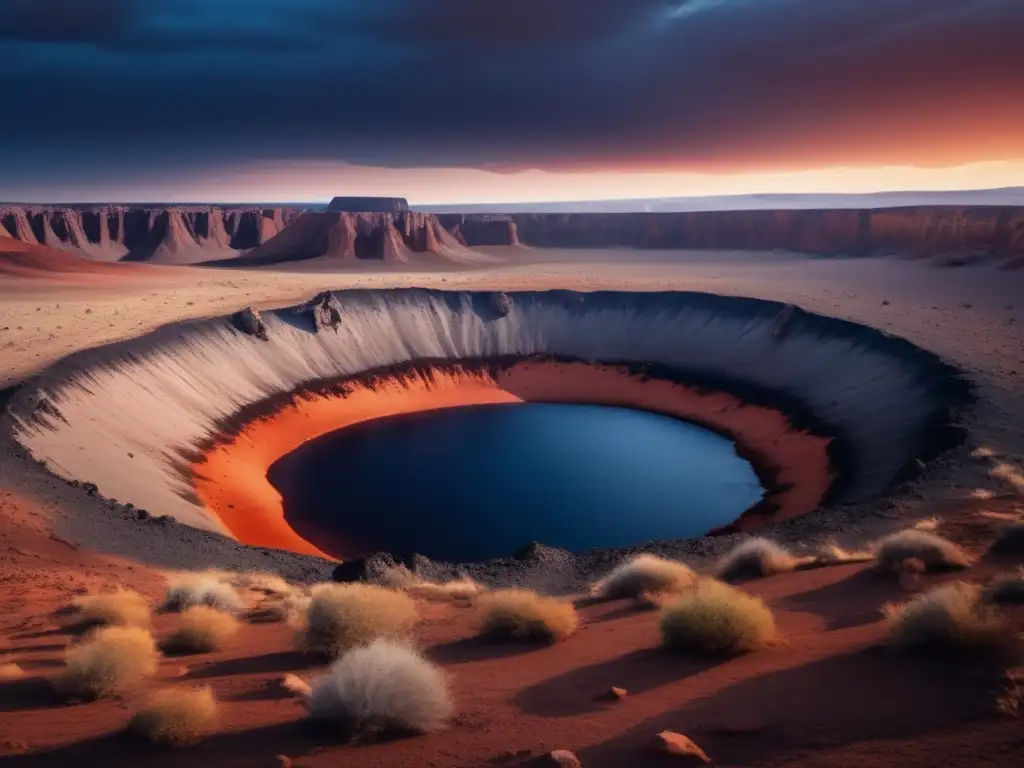
Although hidden impact craters may be difficult to detect, they are no less important than visible craters. In fact, some of the most significant impact events in Earth's history have left little or no visible evidence on the surface.
One example is the Wilkes Land crater in Antarctica. This impact event occurred around 250 million years ago and is believed to have contributed to the Permian-Triassic extinction, the largest mass extinction in Earth's history. The crater is buried under a thick layer of ice and was only discovered in the late 2000s using ice-penetrating radar.
Another example is the Chesapeake Bay impact crater, located off the coast of Virginia. This crater was formed around 35 million years ago and is one of the largest known impact craters in the United States. However, it was not discovered until the 1990s, as it is mostly buried under sediment and water.
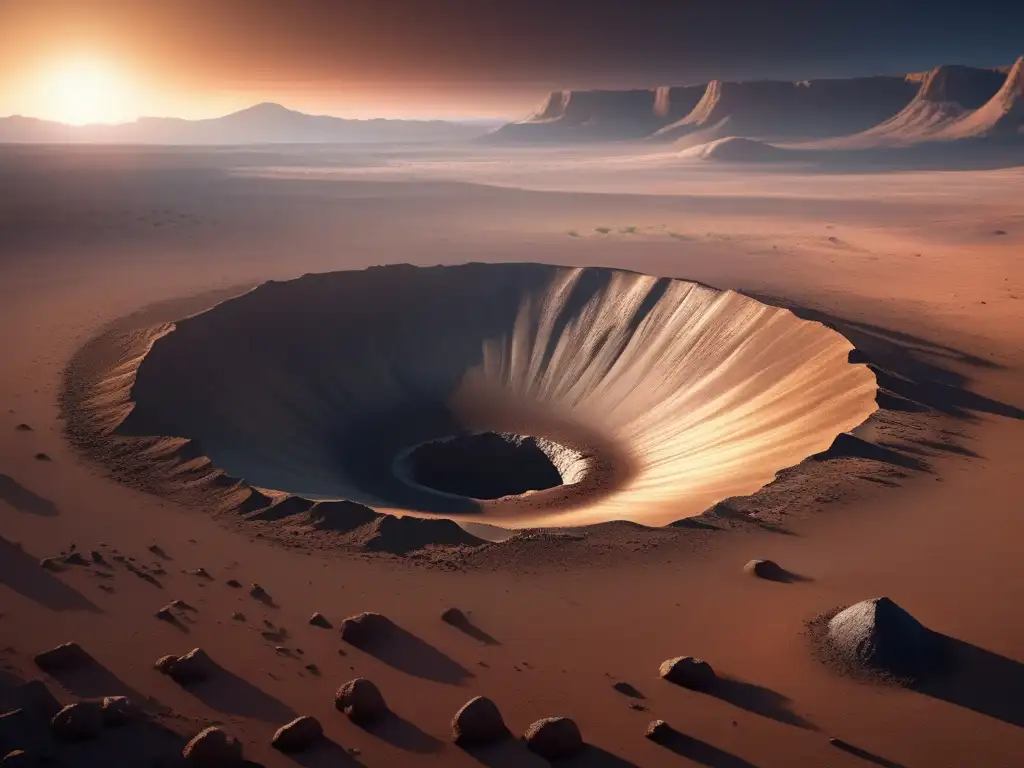
Geologists and planetary scientists are always on the lookout for hidden impact craters. These craters can provide valuable information about the history of the Earth and the solar system, including the frequency and effects of asteroid impacts.
Geological surveys and remote sensing techniques, such as satellite imagery, are often used to identify potential impact sites. Once a site has been identified, scientists can conduct further investigations, such as drilling and sampling, to confirm the presence of an impact crater.
Recently, scientists have also started to use artificial intelligence (AI) and machine learning algorithms to search for hidden impact craters. These methods can analyze large amounts of data, including geological, topographic, and geophysical data, to identify potential impact sites that may have been missed by human observers.
Frequently Asked Questions
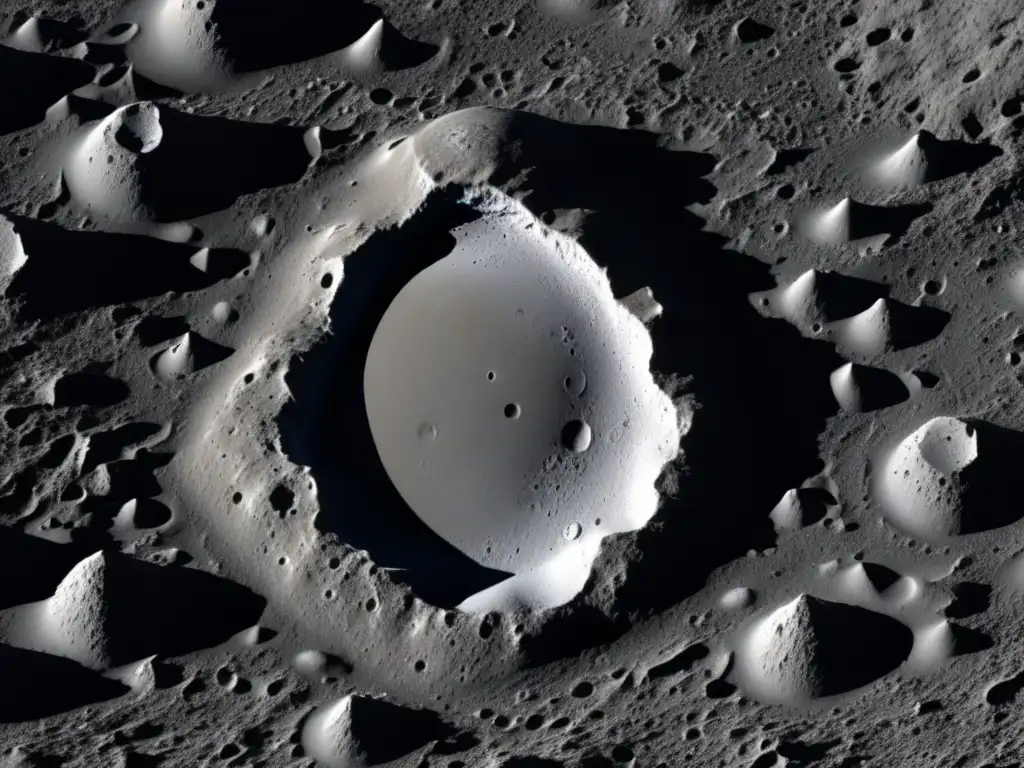
-
Can hidden impact craters still have an effect on the environment?
Yes! Even shallow-buried or subsurface impact craters can release gases and chemicals into the environment that can affect local ecosystems.
-
Why is it important to find hidden impact craters?
Hidden impact craters can provide valuable information about the history of Earth and the solar system, including the frequency and effects of asteroid impacts.
-
How do scientists use AI to find hidden impact craters?
Scientists use machine learning algorithms to analyze large amounts of data, including geological, topographic, and geophysical data, to identify potential impact sites that may have been missed by human observers.
-
What is the largest known impact crater in the United States?
The Chesapeake Bay impact crater, located off the coast of Virginia, is one of the largest known impact craters in the United States.
-
What was the largest mass extinction in Earth's history?
The Permian-Triassic extinction, which occurred around 250 million years ago, is the largest mass extinction in Earth's history.
Conclusion
As our technology advances, we are discovering more and more hidden impact craters on Earth. These craters tell us important stories about the history of our planet and the solar system. Although they may be difficult to detect, they are no less significant than visible impact craters. We encourage readers to continue learning about these fascinating phenomena and to share their thoughts and observations in the comments section below.
Additional Resources
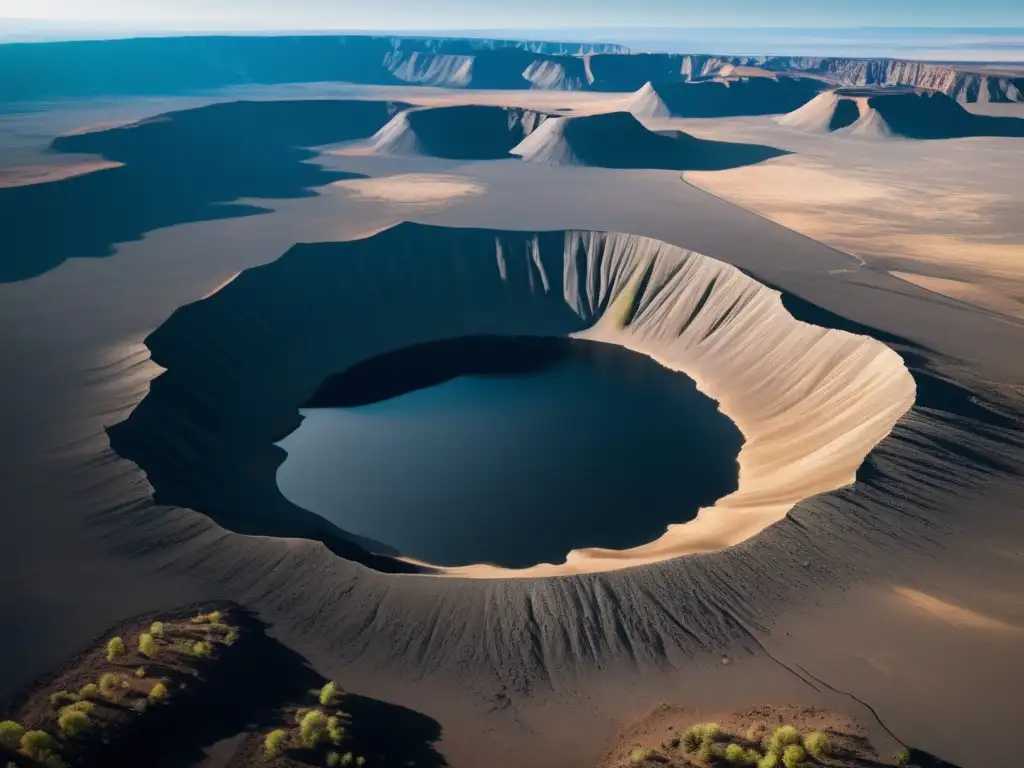
- Webinar: Hidden Impact Craters on Earth
- The Search for Buried Impact Craters: Ancient Terrestrial Impacts May Be Common
- Craters hidden by time and terrain may have altered the planet once thought extinct
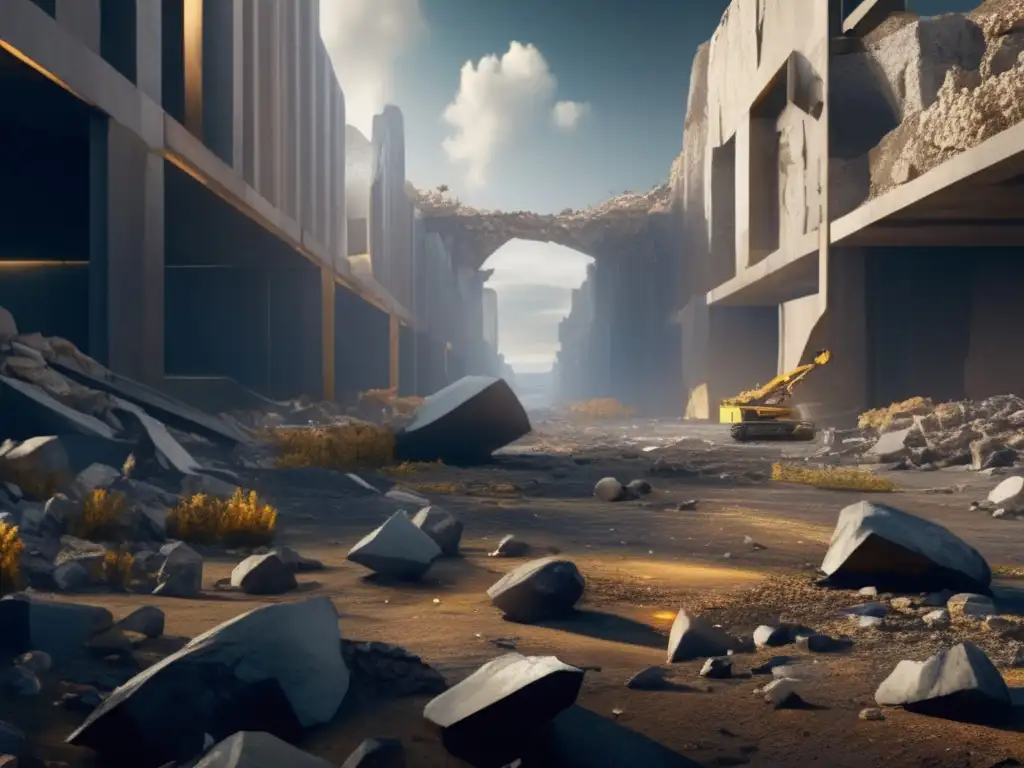 Rubble And Renaissance: Recovery And Regrowth Following Asteroid Impacts
Rubble And Renaissance: Recovery And Regrowth Following Asteroid Impacts The Specter Of Space: Living With The Threat Of Asteroid Strikes
The Specter Of Space: Living With The Threat Of Asteroid Strikes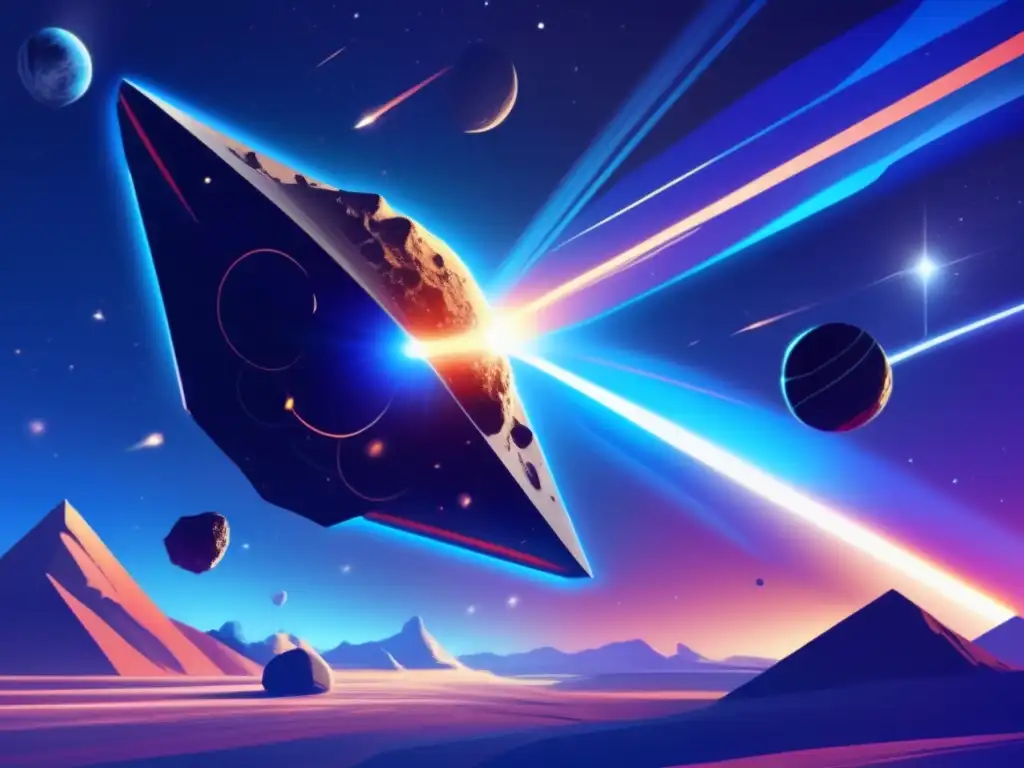 Journey To Impact: The Path Of An Asteroid Towards Earth
Journey To Impact: The Path Of An Asteroid Towards EarthIf you want to discover more articles similar to Tales Of The Unseen: Uncovering Invisible Impact Craters, you can visit the Asteroid Impacts category.
Leave a Reply

Articulos relacionados: